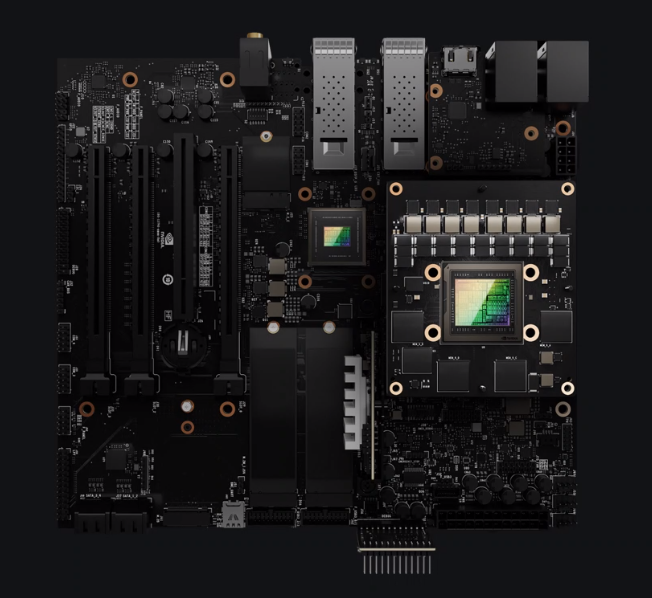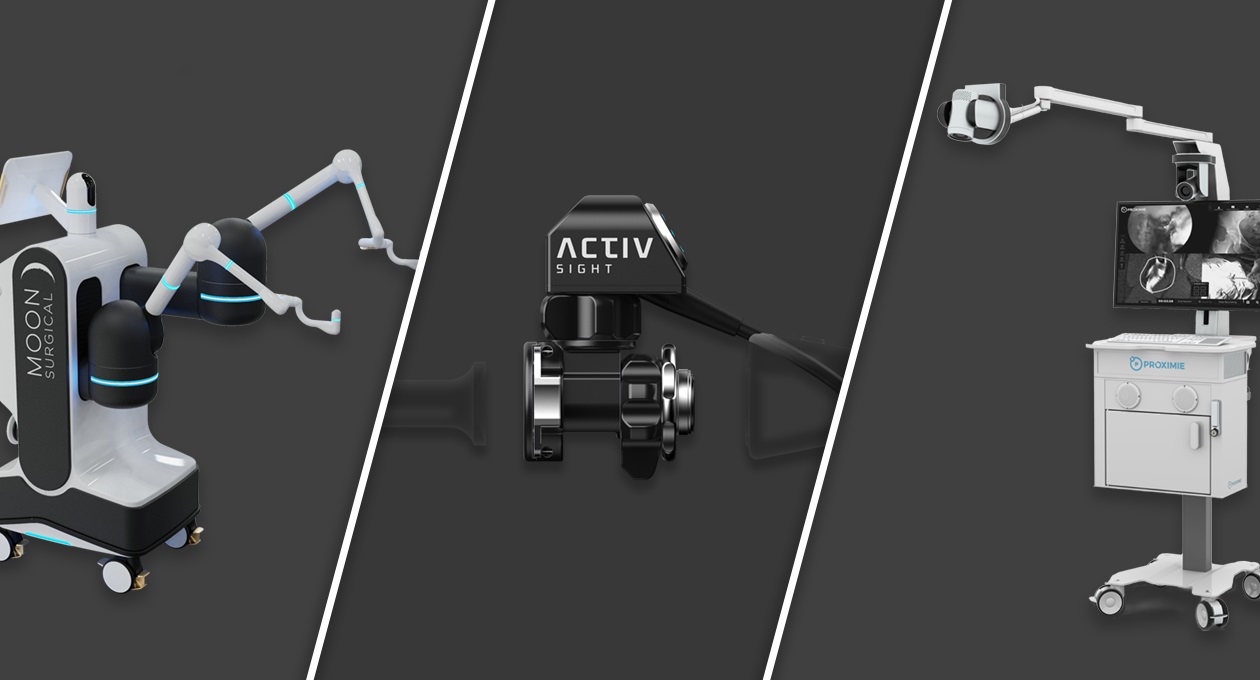Nvidia Targets Computers for Robots in the Surgery Rooms

Nvidia is laying the groundwork for a future in which humans and robots will be collaborators in the surgery rooms at hospitals.
The company announced a computer called IGX for Medical Devices, which will be populated in robots, image scanners and other computers and medical devices involved in patient care close to the point of service.
"Now medical devices can benefit from the same business model and innovation as self-driving cars, to be AI powered and become software defined," said Kimberly Powell, vice president of healthcare at Nvidia, during a press briefing ahead of the GPU Technology Conference this week.
Nvidia's machines won't replace doctors or human care providers, but will be supplemental. One of the applications is real-time visualization of images, which could apply to medical scans, robot navigation, or to aid a doctor.
The IGX hardware includes an Orin module that delivers 250 TOPS of performance, a ConnectX-7 interconnect with 400 Gigabit Ethernet, an RTX Ampere GPU with up to 600 TOPS of performance.
The hardware also has a functional safety island and microcontroller "because more and more robots and humans will be working in the same environment," Powell said.
The board includes support for commercial-grade operating systems. But many robotic and automated systems depend on real-time operating systems, which can immediately execute top-priority functions by preempting ongoing tasks considered less important.
Powell clarified that Nvidia's perception of real-time is 10 to 50 milliseconds of latency, adding "that's what really trying to deliver – AI within what is known as real time, human perception."
A real-time OS will ultimately become available as Nvidia moves further into actual robotics control, Powell said.
The company is pairing IGX with its Clara HoloScan software, which is the medical software framework that runs numerous medical applications in areas that include imaging and robotic surgery.
Three partners have adopted the combined IGX with Clara HoloScan platform, Powell said. Activ Surgical has adopted the platform to "process their unique hyperspectral sensor information that sees beyond natural light to deliver real time perfusion imaging and physical structure visualization to surgeons during the surgery," she said.
Moon Surgical adopted the platform for its next generation robotic assisted system called Maestro, which is more like a surgeon's assistant that provides enhanced sensory and assisted scope control to surgeons. Proximie is adopting the platform for an operating room telepresence system that offers remote surgeon collaboration.
The IGX and Clara HoloScan platforms are compliant with 60601 medical safety certification for hardware. On the software side, Nvidia provides the full documentation to its partners to cover medical safety certification 62304, which covers software embedded in medical devices.
"The end developer of the application ... they go through the full finalized FDA approval for the entire application and platform, but we get them, call it two-thirds of the way there on the software in the platform layer," Powell said.
Nvidia also announced that it was bringing large language models for protein folding and drug discovery via BioNeMo, which is a part of the new cloud service called NeMo LLM. The goal is to bring the language and chemistry and biology to predict the properties of materials or discover drugs.
Nvidia also announced the availability of its Clara platform on Broad Institute's Terra genomic sequencing platform. The Broad Institute, which was established by MIT, Harvard and other partners, is the largest producer of genomic information.
"With sequencing costs now dropping from many hundreds of dollars to $100, we need to make sure that the analysis of this genomic data is as performant and as efficient as possible," Powell said.
There are six Clara workflows available to the over 25,000 Terra cloud platform users. GPUs take significantly less time than CPUs in whole genome sequencing, which also reduces computing cost, Powell said.












